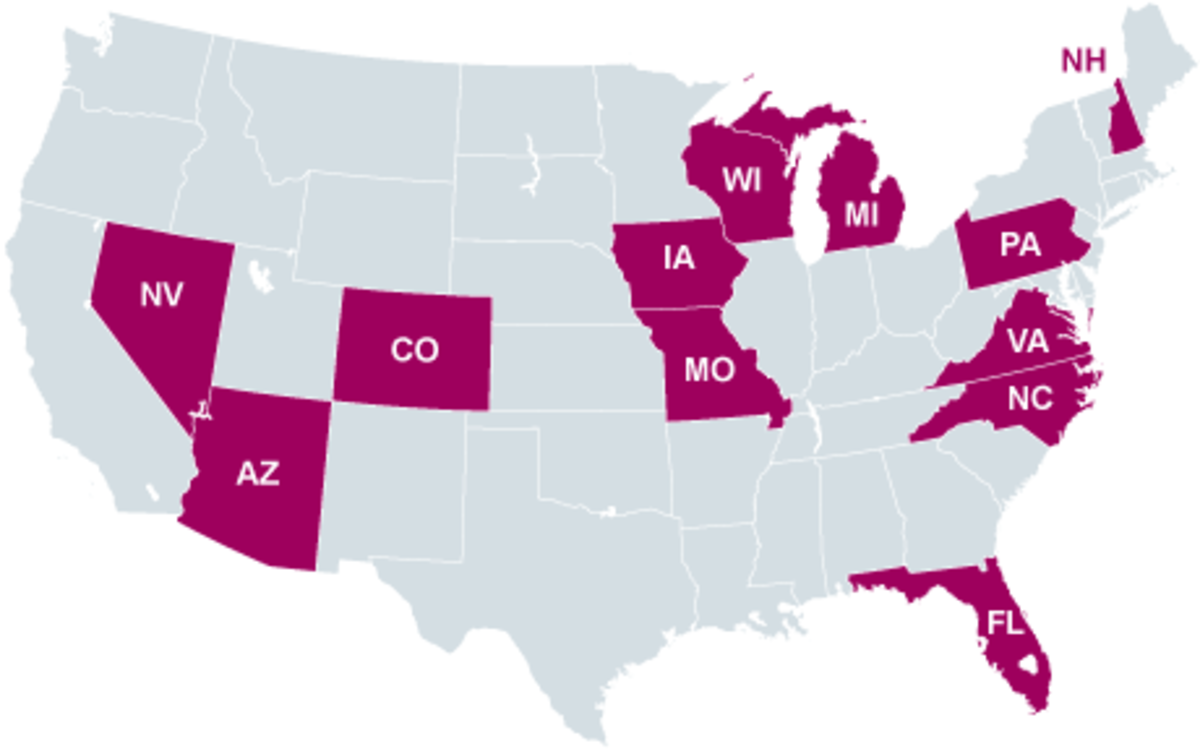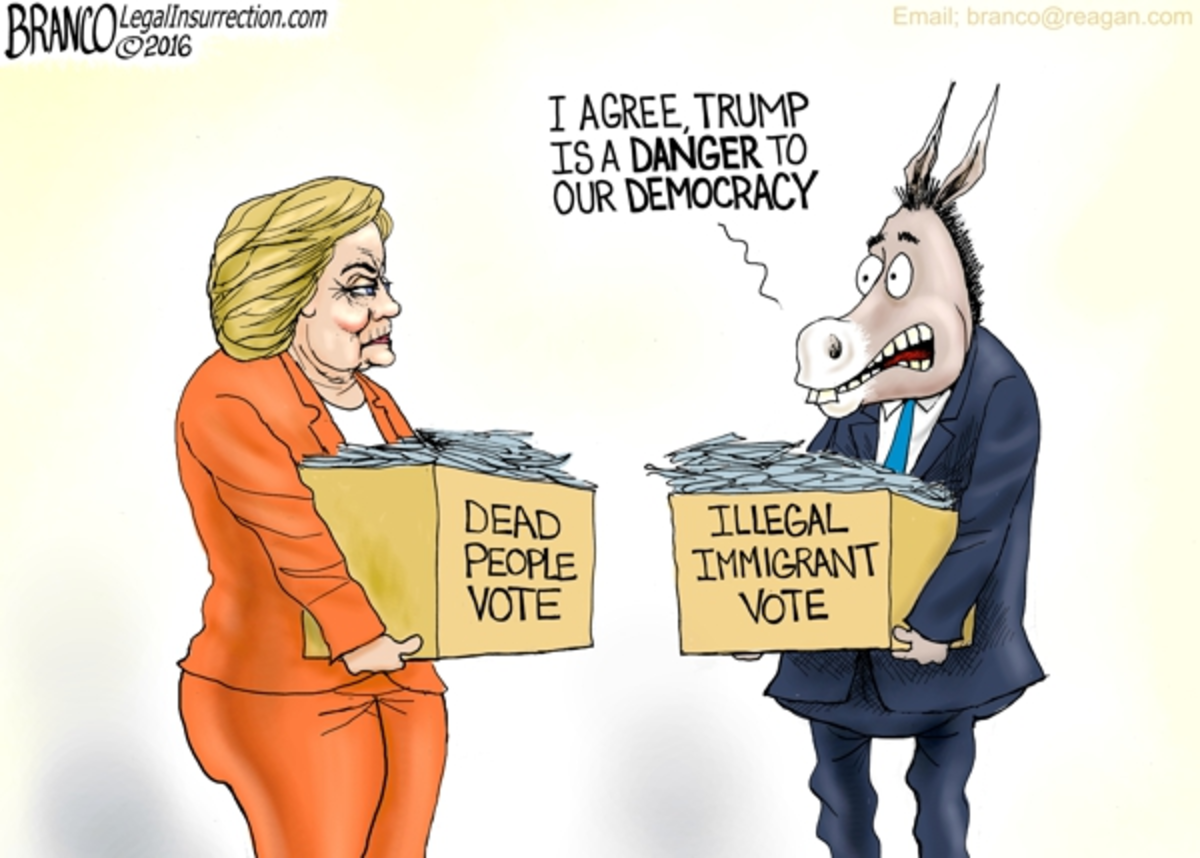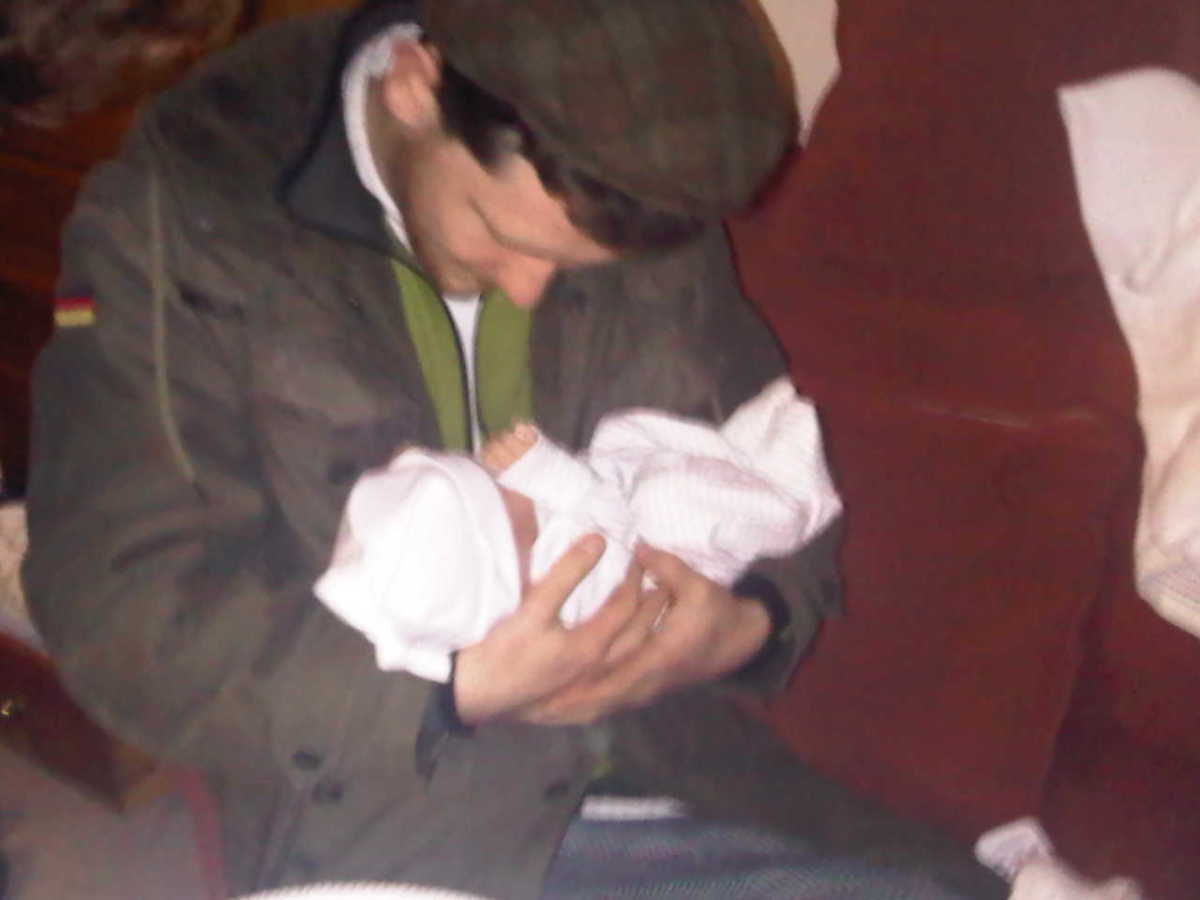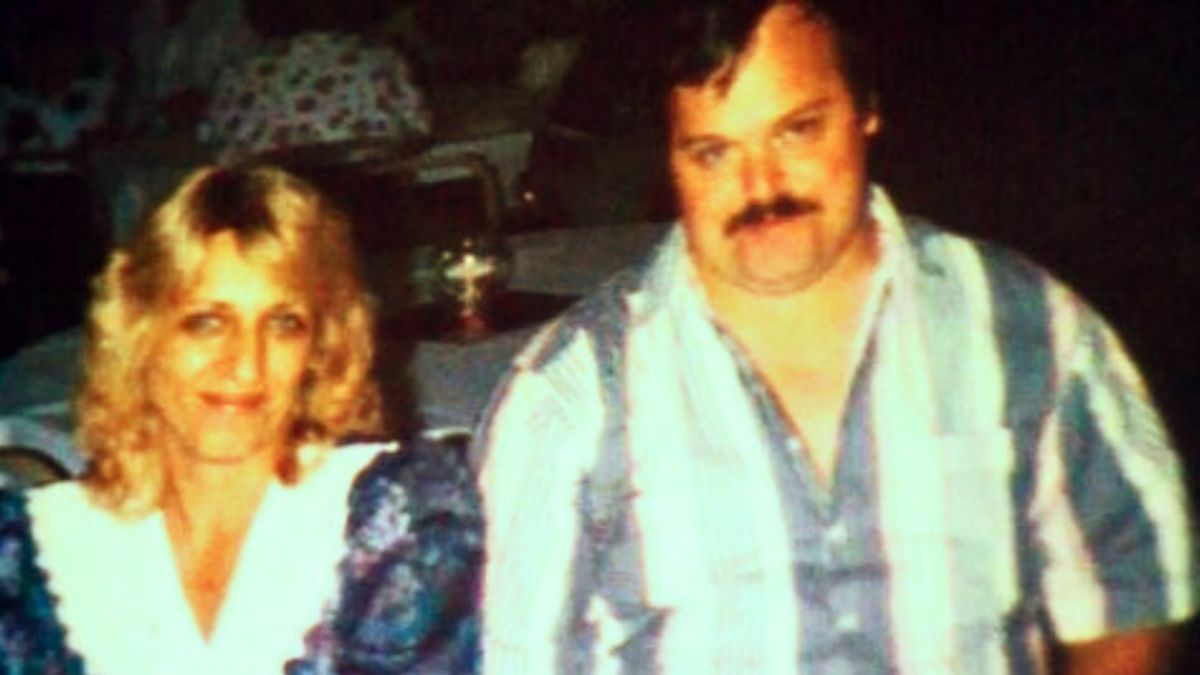What was the Reading/Mikardo system?
Ian Mikardo MP
Ian Mikardo "Mik" was a controversial Labour MP who was first elected in the General Election of 1945 and served as an MP until 1987. This article is not about his politics and other activities, which would make an extremely interesting book.
"Mik" was before the War a self educated management consultant. During World War 2 he was involved in managing aircraft production. He was selected to contest the Reading constituency for the 1945 General Election. During this campaign he invented a system for monitoring electors which became universal across the Labour Party.
Those who liked Mikardo called it "the Mikardo system". Those who disliked Mikardo called it "the Reading system". Mik himself called it "the Reading system".
The System Itself
The Reading system is at its base very simple. The local council issues lists of voters for each polling district. The voters are listed by street, and each voter is given a number consecutive from the voter before. The first voter at House number 1 Aardvaark Avenue will be voter number 1, and the numbering continues until the last voter in the last house on Zygotes Terrace. The voter numbers vary every year, but most of the people do not move.
The Labour Party canvassed voters each election, and used for its canvassing the relevant sheet from the current electoral roll. The master record of canvassing results is an electoral roll where comments such as "Labour" , "Conservative", or "Against" are noted. There are also comments like "OAP" (old age pensioner) or "dog" meaning there is a dangerous dog.
The vast majority of people do not change their politics from year to year. The better organised Labour Parties would save their canvassers' time by marking "DNC" (do not canvass) or strike through the voter. This has the effect that a higher proportion of responses are friendly, which is good for morale. And we are not reminding the opposition about the forthcoming election.
Over time the party builds up quite a lot of information about each voter. Some constituencies had file cards about each voter with as much information as the party could glean. "Lost son in D-Day landings" or "hates blacks" . A lot of the information was not particularly useful, but you could make sure that the helper who drove the person to the polling station was a veteran or at least not black. The information about OAPs or single parents was useful, because you knew they were not working and so you could offer them a lift to the polling station during the afternoon before things got busy.
A day or two before the election information would be written or typed onto "Reading pads". The pads listed our "promises" - those who had promised to vote Labour. Sometimes they recorded people who had not answered the door, but at some time in the past had been recorded as Labour promises. A good election organiser would not put "old" information on the pads. But some did.
The Reading pad was a set of self carboned coloured sheets. You wrote on the top sheet and the electoral roll numbers and names and house numbers self carboned all the way down. Only our promises were recorded.
We had people at the polling stations asking for voter numbers. The numbers would come in from the polling stations at intervals, and checked against the Reading pads. Our voters who had voted were crossed off the list. About lunch time the first team of "knockers up" were sent out, with the top sheets. They would go to the homes of our voters and offer them a lift to the polling station. Some people would accept. Some said that they were waiting for their partners to get home and they would vote together. Back at the committee rooms we could see the effect of our canvassing teams, because about 45 minutes after the teams went out we could see an increase in our voters voting from the streets where our knockers were.
I generally marked streets close together geographically as "A" or "B", so a knocker would go with 4 streets at most and then come back.This meant that the information was less than half an hour old, and meant the knocker was not visiting people who had already voted.
After a while all the top (white) sheets were stripped off the pads, showing the yellow layer underneath. One could see at a glance how the organisation was doing by what colours one could see. If the predominant colour was green, the white and yellow sheets had both been used. The sheets were taped to tables, and when a sheet had all voted the sheet was removed from the table. By 7pm one hoped to see bare patches on the table, and green and blue predominant.
As a child I bicycled to the polling station, collected the numbers from the number taker together with any messages like "84 Hyacinth Drive needs a lift" or "Voter 3167 has died". As I got older I was either taking numbers myself or crossing them off in the committee rooms. Then I was old enough to "knock up" and eventually to canvass. Later I led canvass teams and eventually ran committee rooms. The Reading system was the backbone of the election process.
The Modern System
The computer has made life much easier. We still buy the electoral roll from the Council, but now it is downloaded straight onto our computer. The information about each voter stays on the system, and does not have to be laboriously transferred each election.
The computer allows us to print off address labels for OAPs, parents, ethnic minorities, women, new voters, or any other category we wish.Then we can send targeted leaflets about how the Conservatives are going to or have done bad things that affect that particular group. We can still generate canvassing lists that delete known opponents, Jehovahs Witnesses (because they do not vote), and houses with dangerous dogs.
The multi colour display has gone, but one can now generate charts and graphs comparing with how past elections were going at this time of day.
GIGO
The computer industry uses the phrase "GIGO" which stands for "Garbage In, Garbage Out". If the information entered is faulty the computer will not question it.
If people tell lies to canvassers, or change their minds, no system can deal with this. I remember being very excited one year when the Labour promises on a large Council estate were turning out disproportionately well, and we had not yet sent out "knockers". Usually we had to "knock" that estate at least three times and sometimes four times. But they were coming out incredibly well. The Conservative candidate was very popular on that estate because as a Councillor she got taps fixed and street repairs done and she knew every family on the estate. They were enthusiastically voting for Dorothy!








